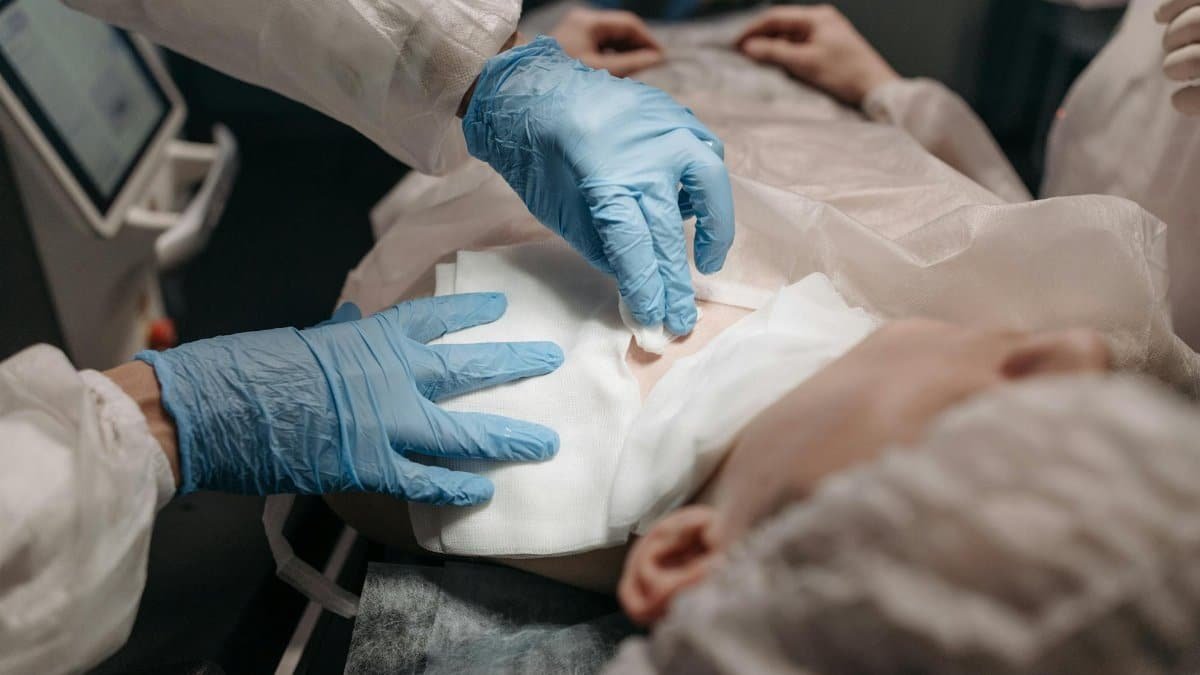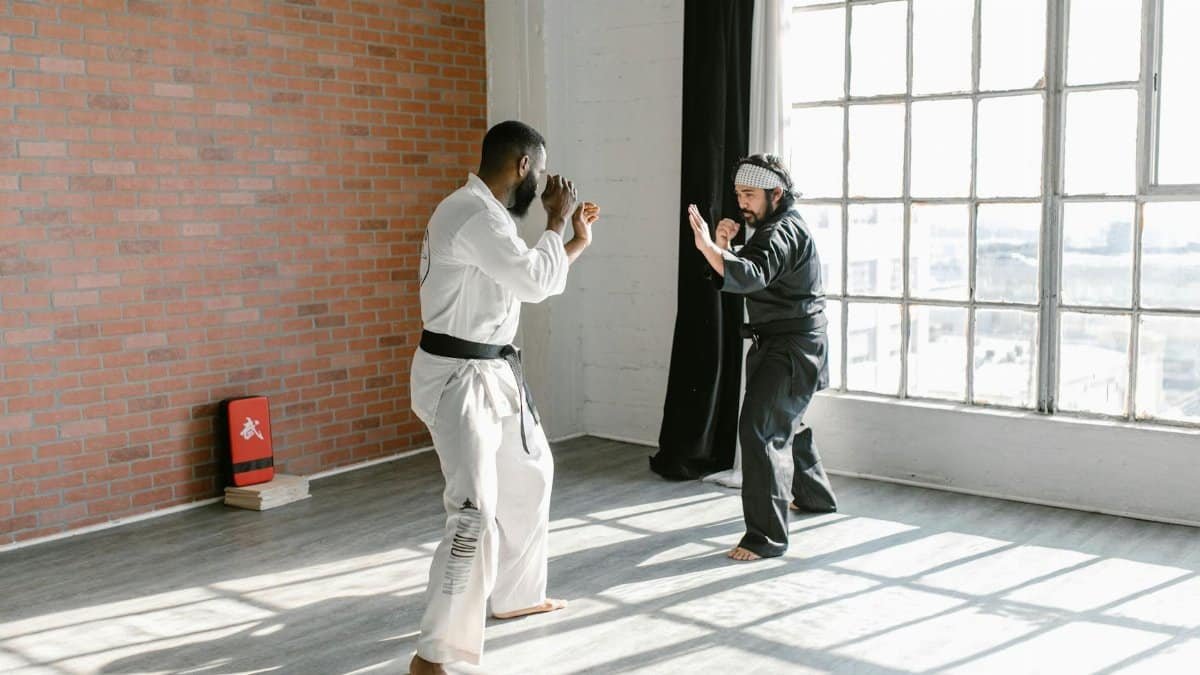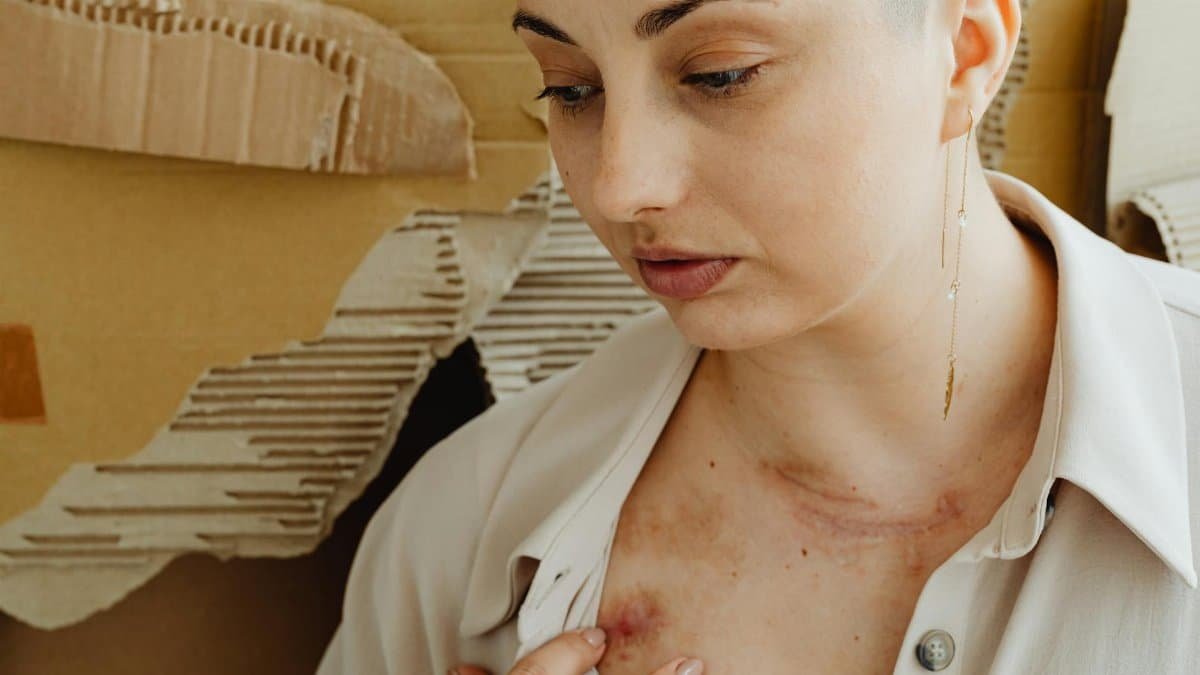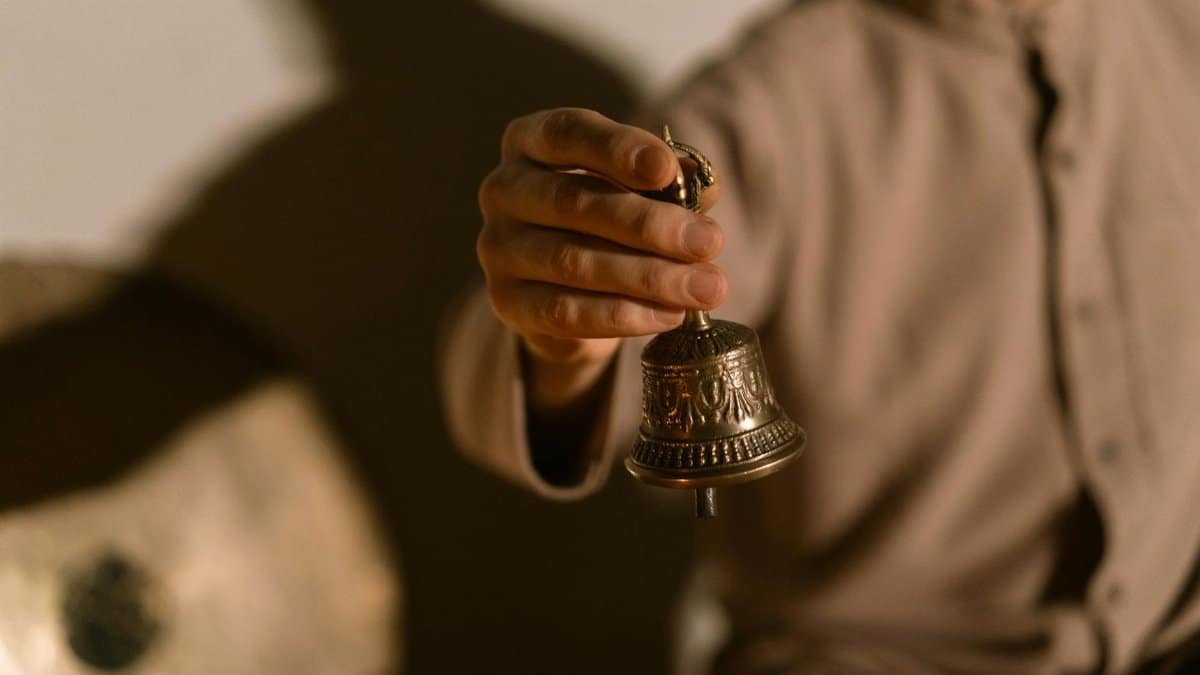New data shows that 68% of Americans report improved mental health after engaging in emotional healing practices, according to a recent survey by the American Psychological Association. This surge highlights a growing trend amid rising stress levels in 2025. Emotional healing, the process of addressing and resolving deep-seated emotional wounds, is gaining traction as people seek ways to reclaim their inner peace. From therapy sessions to mindfulness exercises, it’s transforming lives by fostering resilience and self-awareness. But what drives this shift, and how can it work for you?
Understanding Emotional Healing Basics

Emotional healing starts with recognizing unresolved traumas or negative patterns from the past. It’s not about forgetting; it’s about processing emotions healthily. Experts say it involves techniques like journaling, meditation, or professional counseling to release pent-up feelings. In the U.S., where mental health awareness is at an all-time high, this practice helps individuals break free from cycles of anxiety and depression. By confronting pain head-on, people often experience profound personal growth.
The Science Behind Emotional Recovery

Research backs the effectiveness of emotional healing. Studies show that practices like cognitive behavioral therapy can rewire brain pathways, reducing symptoms of PTSD and chronic stress. A key report from the National Institutes of Health details how emotional processing aids in lowering cortisol levels, the stress hormone. This scientific foundation makes it more than just feel-good advice; it’s a proven method for long-term well-being. In 2025, with increasing access to online resources, more Americans are turning to these evidence-based approaches.
For more on this, check the NIMH page on PTSD, which discusses related healing strategies.
Common Challenges in the Healing Process

Not everyone finds emotional healing straightforward. Resistance often stems from fear of reliving painful memories or skepticism about vulnerability. Many face setbacks like emotional fatigue or triggers that resurface old wounds. Therapists note that impatience can derail progress, as healing isn’t linear. In urban areas like New York, where fast-paced life amplifies stress, these hurdles are common. Overcoming them requires patience and support, turning obstacles into stepping stones for deeper recovery.
Practical Techniques for Daily Practice

Start small with emotional healing. Try breathwork to calm the mind or affirmations to rebuild self-esteem. Apps and online courses make it accessible, offering guided sessions for beginners. One popular method is expressive writing, where you jot down feelings without judgment. Experts recommend consistency, even if just 10 minutes a day. This builds habits that integrate healing into everyday routines, leading to noticeable shifts in mood and relationships.
Impact on Relationships and Social Connections

Emotional healing doesn’t happen in isolation; it ripples into relationships. Healed individuals often communicate better, setting healthier boundaries and showing more empathy. A study by Pew Research Center found that people who address emotional baggage report stronger family ties. In 2025, amid social media’s influence on connections, this practice helps mend fractured bonds. It’s about fostering authentic interactions, reducing conflicts, and building supportive networks that enhance overall life satisfaction.
See the full insights in Pew Research on mental health trends.
Role of Professional Help in Healing

While self-help is valuable, professionals accelerate emotional healing. Therapists provide tailored strategies, uncovering root causes that solo efforts might miss. In the U.S., services like those from the Substance Abuse and Mental Health Services Administration offer accessible support. Group therapy adds community, making the journey less lonely. Data indicates that combining therapy with personal practices yields the best outcomes, helping individuals navigate complex emotions effectively.
Emotional Healing and Physical Health Links

Emotional well-being ties directly to physical health. Unresolved emotions can manifest as ailments like headaches or weakened immunity. Healing practices reduce inflammation and improve sleep, per medical research. Doctors increasingly recommend emotional work alongside traditional treatments for holistic care. In 2025, integrative health approaches are on the rise, showing how addressing the mind benefits the body, leading to fewer doctor visits and more vitality.
Success Stories from Real People

Take John from Chicago, who credits emotional healing for saving his marriage after years of suppressed anger. Or Lisa in LA, who overcame childhood trauma through mindfulness, now thriving in her career. These stories, echoed in forums and support groups, illustrate tangible shifts. They prove that with commitment, anyone can experience renewed purpose and joy, inspiring others to embark on their own paths.
Cultural Perspectives on Healing Practices

Emotional healing varies across cultures. In the U.S., it’s often therapy-driven, while indigenous practices emphasize community rituals. Eastern traditions like yoga integrate mind-body balance. This diversity enriches options, allowing personalization. As globalization blends approaches, Americans are adopting hybrid methods, enhancing effectiveness and cultural sensitivity in the pursuit of inner peace.
Getting Started: Your First Steps

Begin by assessing your emotional state through self-reflection. Seek resources like books or podcasts on the topic. Build a support system and track progress in a journal. Remember, small consistent actions lead to big changes. In 2025, with abundant online tools, starting emotional healing is easier than ever, setting the stage for a more fulfilled life.
